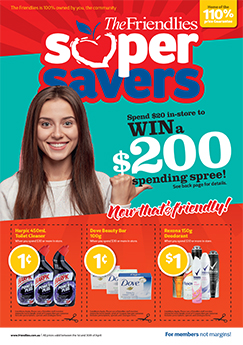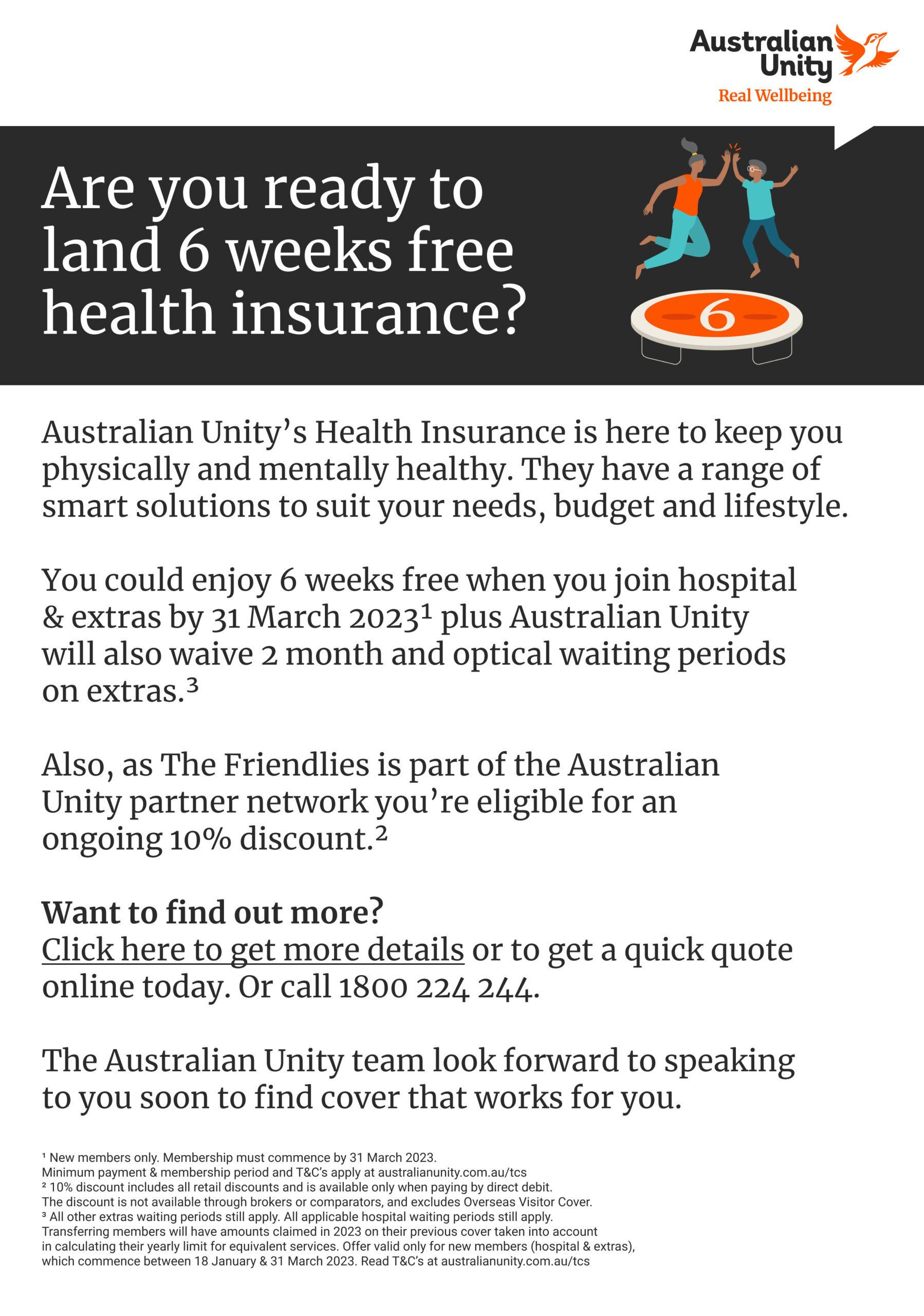It is important to always look after your breast as they have to last you a lifetime and endure your monthly cycle as well as childbirth, breastfeeding and age.
A bra which fits well is imperative. It must support the breasts and not be either too large or too small. A loose bra will not support you adequately and a bra which is too small will rub against your skin and cause friction.
Always wear a well supporting bra when you are exercising or playing sports. You are able to buy special sports bras for this purpose.
To check your proper bust measurements –
Measure the fullest part of your bust, then measure the area above the bust. The difference between these measurements gives the cup size. They are as follows:-
- A – between 1 – 4 cm difference
- B – between 4 – 6 cm difference
- C – between 6 – 9 cm difference
- D – between 9 – 12 cm difference
When trying on bras, check the following for a great fit –
- the cup needs to completely cover the breast (unless the design is more cut away). If your skin is bulging over the top or at the sides of the bra, the cup is too small. The sides of the cup should not be filled with space and wrinkled up because the breast does not fill it up.
- the bra should fit well around the body – not too tight that it will cause friction and also not too loose so it will not give adequate support. You may also loosen or tighten the hooks at the back of the bra for a better fit. Try to wear a new bra on the loosest fitting as the bra will inevitably stretch with use and you can always tighten it up with time. If you start off on the tightest hook, and the bra stretches it will become useless.
- The centre of the bra should lie against the breast bone if it lies away from the bone the cup is too small for you.
During Breastfeeding
- Blocked milk ducts –
sometimes this can occur when the breast hasn’t emptied fully, you are not nursing your child in the correct position, missing feeds or the child is not nursing for long enough periods. Your breasts may feel uncomfortable. You can try to express some milk yourself.
- Engorgement –
this can occur when your breasts are too full. This usually occurs when the mild first comes in. You can usually relieve it by having a warm shower and expressing some of the milk.
Sometimes the breasts are too tight for the baby to feed properly – just
express a little before feeding to soften them up.
- Sore nipples –
if your baby is not sucking correctly on your nipples, they can become sore. They will heal quickly if the position is corrected. If your nipples are cracked or blistered, feed on the other side. Nipples tend to heal quickly, so try to keep going with your breast feeding. See our Pharmacist for products that may help the soreness and bring you some relief.
Some good products for your breasts while breastfeeding are – either honey or almond oil and calendula ointment.
Homoeopathic remedies include arnica, and calendula taken internally as well as in the form of an ointment. These are available from our pharmacy.



